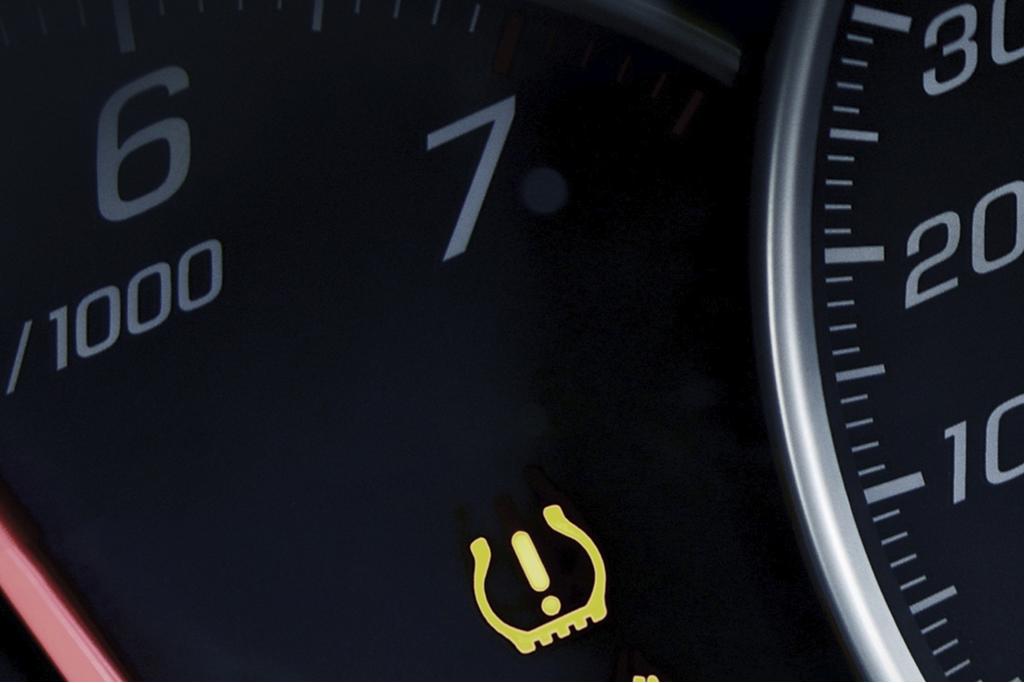
Tire pressure monitoring systems have been required on all vehicles since the 2008 model year and can be found on many earlier vehicles, as well. They detect when the air pressure in any tire falls 25 percent or more below the recommended level and alert the driver through a dashboard warning light.
Tire pressure sensors mounted on the wheels or on tire valve stems can wear out or be damaged by potholes, debris or the weather and need replacing. In addition, the electronics for TPMS can fail. A warning light is supposed to flash when the sensors or other parts of the system malfunction; if the light is signaling a tire is low on pressure, it should just stay illuminated.
The sensors transmit radio signals to a control unit, and occasionally the TPMS signals are blocked by other radio signals on the same frequency, causing a malfunction warning.
Most tire dealers and repair shops recommend servicing the TPMS after changing or installing new tires by replacing the valve core, retaining nut, seal and cap on the valve stem, then testing the system to make sure it's operating correctly. On many vehicles, the TPMS needs to be electronically reset after changing a tire or replacing tires. On others, driving several miles automatically resets the system.
TPMS come in two types, direct and indirect. The more sophisticated direct type monitors the pressure in each tire (including the spare tire on some models) and will highlight on a dashboard display which tire is low on air. Many direct systems can display the actual pressure in each tire.
The indirect type uses antilock brake sensors to detect wheel speed. An underinflated tire will spin faster than a fully inflated one, which will trigger the warning light. Indirect systems generally don't show which tire is underinflated, so you have to check them all.
With either type of system, cold weather can trigger a warning light because tire pressure often drops with the thermometer. The warning light may go off after the vehicle has been driven and tire pressure increases.
Some manufacturers recommend against sealant kits being used to repair flat tires because the sealant could damage the TPMS sensors.
Tire experts also recommend checking tire pressure the old-fashioned way — with a tire pressure gauge — at least once a month. Underinflated tires wear faster and have less grip and less load-carrying capability than fully inflated tires.
No comments:
Post a Comment